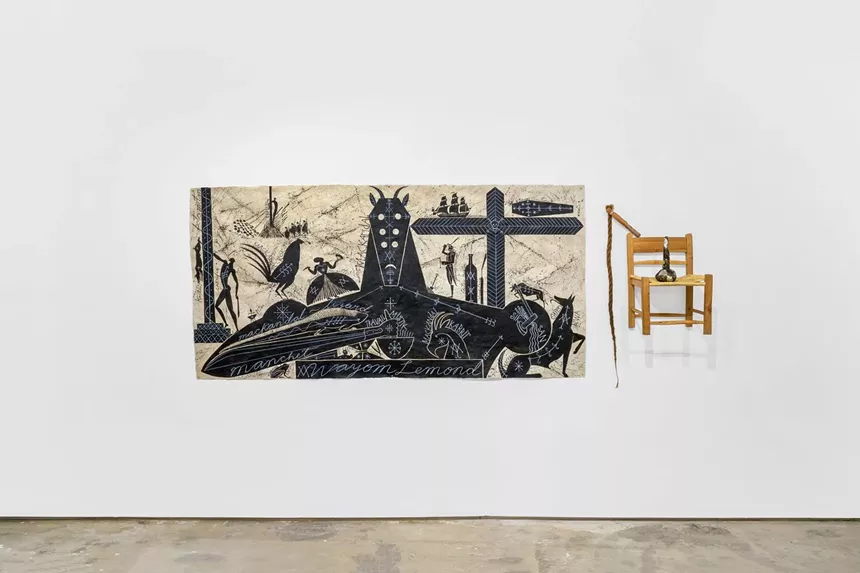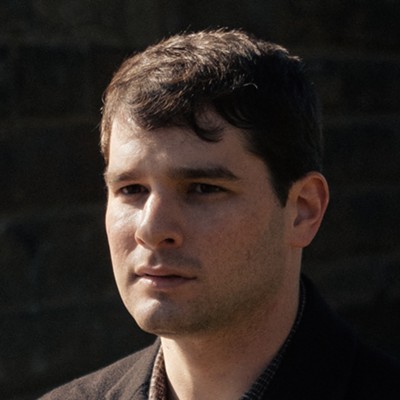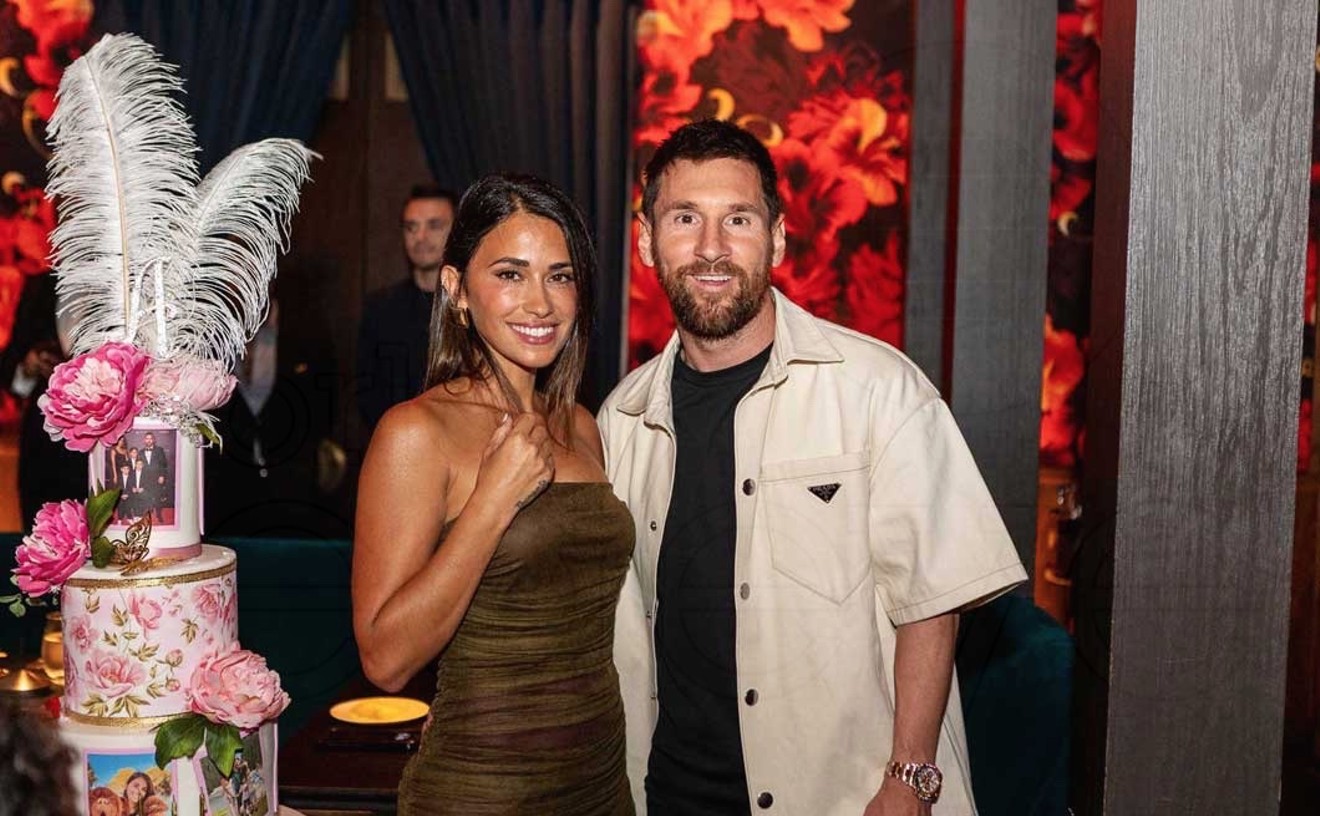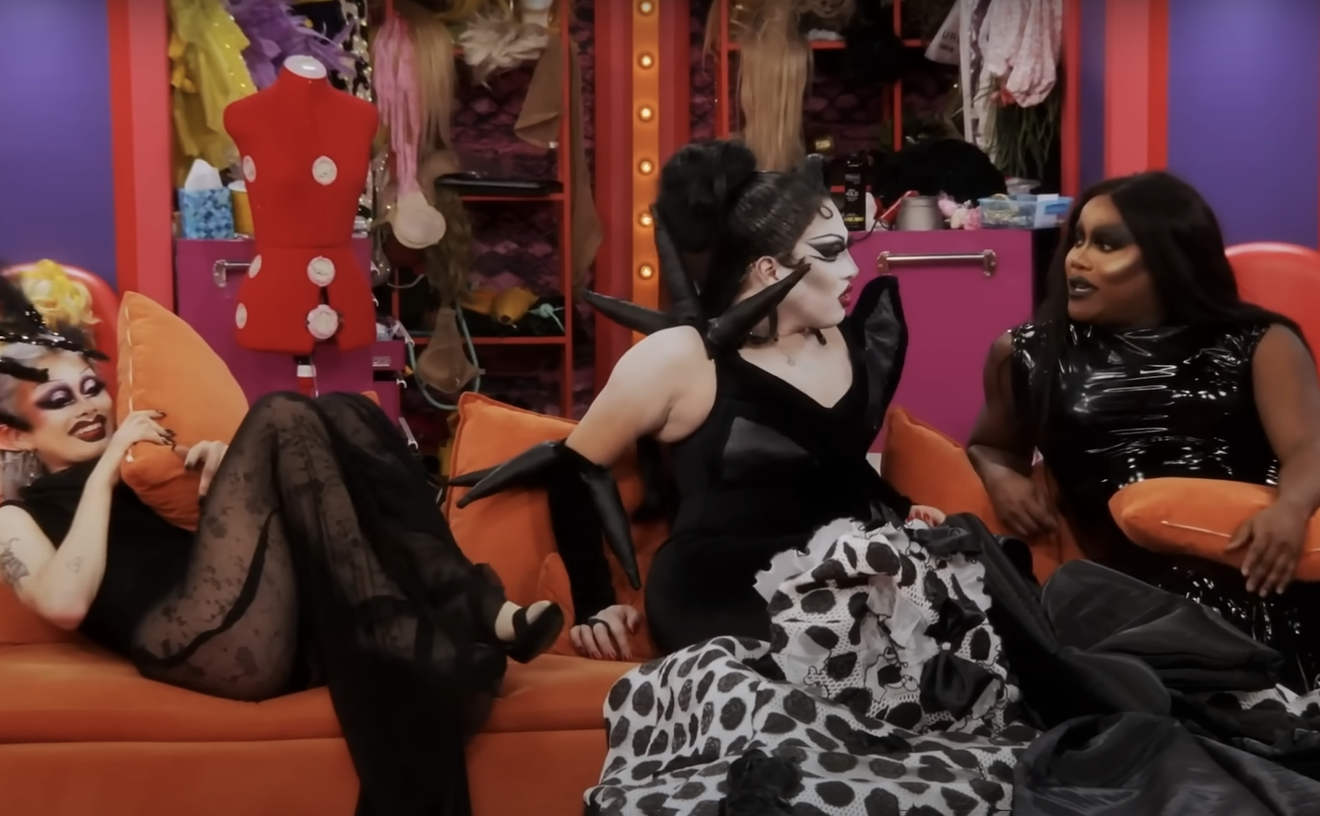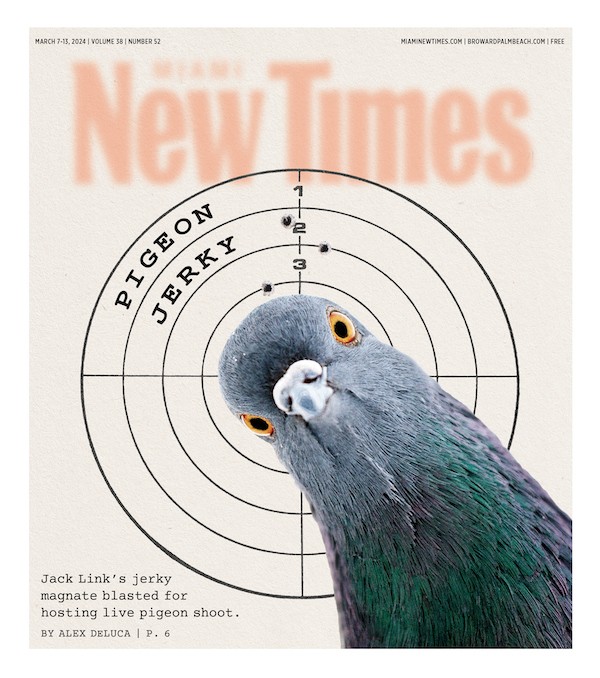Hanging on the wall at Fredric Snitzer Gallery, Cuban artist José Bedia's drawings look like they come from a distant yet familiar past. They resemble pictographs found on rocks in the Arizona desert or Neanderthal cave paintings in Europe. Some could appear on the walls of ancient temples in Mesoamerica. Others resemble African artwork.
All of this is intentional. Bedia wants to breathe new life into tribal aesthetics in order to bring us closer to our origin, closer to the Earth.
"His position is very simple. He believes that what we call the third world was really the first world, the truth," says gallerist Fredric Snitzer, Bedia's longtime friend and art dealer and a teacher at the New World School of the Arts. "All of those things, he believes, are much more connected to nature, much more relevant, and have much, much more information about how to live your life. And also spiritual connection."
Bedia has spent much of his life traveling the world, collecting various spiritual objects from the world's tribal religions. "He essentially uses them as a library, a reference, and produces his work in concert to that," Snitzer adds. He also sources his materials from indigenous practices. Most of the paper works in the show, titled "Simetria Natural," were made from amate, an artisanal paper produced from tree bark in central Mexico, and at least one piece, the triptych Ngombo Mbele, is painted on the bark itself. The rough, unhewn aesthetic of these materials and the deep, raw colors make the works look as if they were made with things taken straight out of the ground. Compositionally, there's a focus on symmetry, as reflected in the exhibition's title, and several of the works were painted with both hands, making strokes in tandem with each other, in order to emphasize this.
Motifs such as stylized animals and mythological imagery reflect the artist's syncretic practice. The exhibit shows various animals, from birds in flight and big cats chasing to a series of godlike figures with animal heads atop human torsos. A semicircular painting of his featured in a Museum of Modern Art (MoMA) exhibition on Latin American art recalls a sky full of constellations. All reference indigenous beliefs that include multiple traditions from Southeast Asia and Mexico, as well as Cuba and Haiti, — and Africa by proxy of those islands' Black populations. An element in one of these drawings may contain multiple meanings at once, hearkening back to a practice like Santeria, where a statue of a Catholic saint may represent multiple African deities just as it represents a Christian icon.
"The other thing is there's almost always some sort of word, some sort of narrative, a caption. And a lot of that comes from the influences of comic books, graffiti," Snizter explains. "I think his position is very syncretic. He sees the value in the crossovers."
Snitzer says Bedia moved to Miami, arguably the epicenter of Cuban religious practice outside of the island thanks to its high concentration of Santeria practitioners, to further his spirituality. The artist had been a follower of Palo Monte, a syncretic religion similar to Santeria, where African rituals, forbidden by colonial authorities, could survive by taking on a Catholic façade. He became interested in exploring tribal religions after being drafted into the Cuban army when he was 17. He was sent to fight in support of the communist rebels in the Angolan Civil War, and, according to Snitzer, "that gave him the opportunity to meet real Africans, commune with the tribes."
Many other artists have mined so-called "primitive art" for their own work. Canonical modernists like Pablo Picasso famously appropriated African masks for inspiration, and fellow Cuban Belkis Ayón retold myths from the Abakuá secret society of Afro-Cuban origin. Bedia takes care to make sure those references don't get lost in the process of combination. He wants to show the viewer that people all over the world have more in common than they know.
"The message is simple: The stuff we thought was primitive and stupid and without value has tremendous value, and we just don't understand it," Snitzer says.
"José Bedia: Simetria Natural." On view through Saturday, May 20, at Fredric Snitzer Gallery, 1540 NE Miami Ct., Miami; 305-448-8976; snitzer.com. Admission is free. Tuesday through Saturday 11 a.m. to 5 p.m.
Art
José Bedia Explores Tribal Religions in "Simetria Natural"
José Bedia breathes new life into tribal aesthetics in order to bring us closer to our origin.
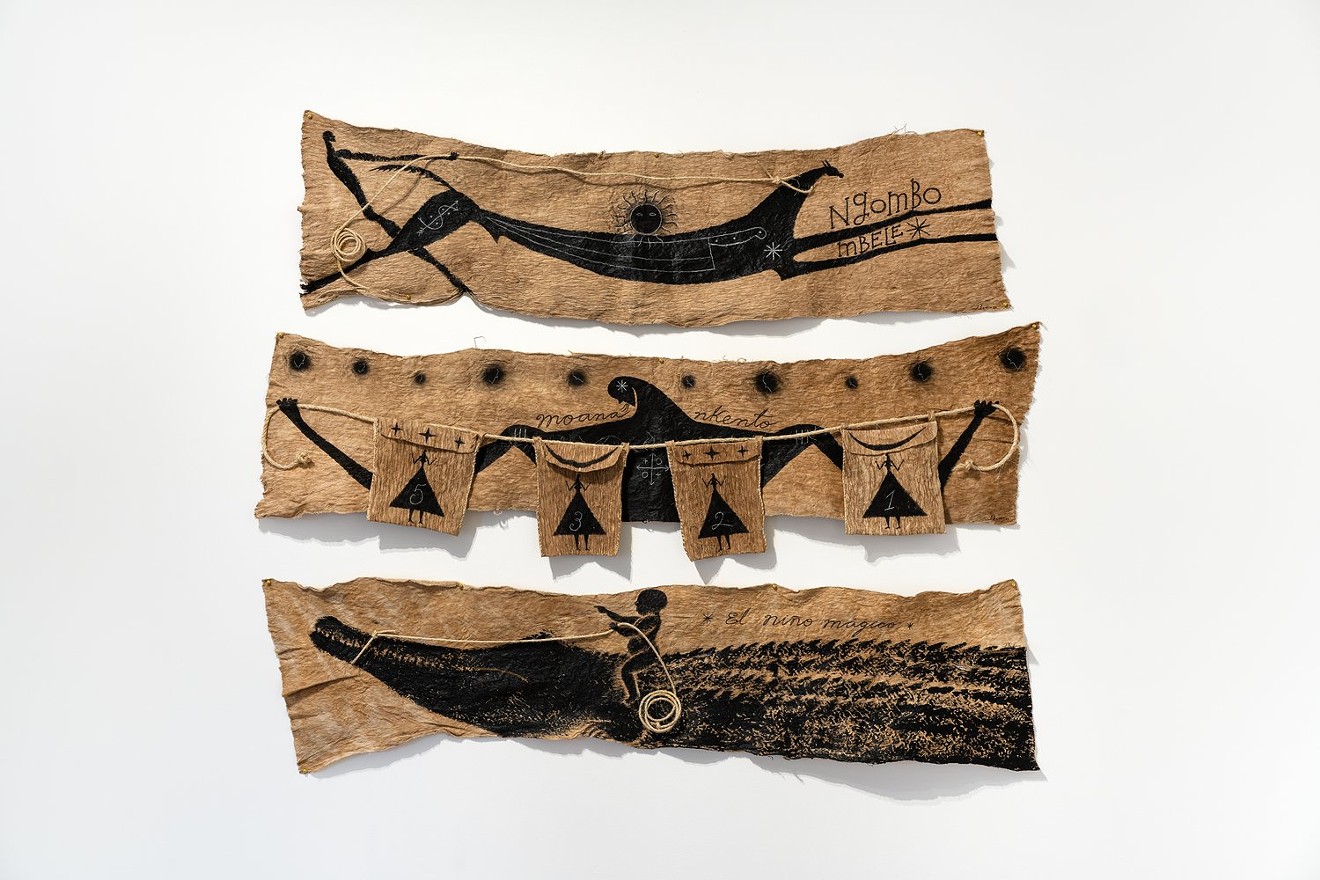
José Bedia's Ngombo Mbele
Fredric Snitzer Gallery photo
[
{
"name": "Editor Picks",
"component": "17482312",
"insertPoint": "4",
"requiredCountToDisplay": "1"
},{
"name": "Inline Links",
"component": "18711090",
"insertPoint": "8th",
"startingPoint": 8,
"requiredCountToDisplay": "7",
"maxInsertions": 25
},{
"name": "Air - MediumRectangle - Combo - Inline Content",
"component": "17482310",
"insertPoint": "8th",
"startingPoint": 8,
"requiredCountToDisplay": "7",
"maxInsertions": 25
},{
"name": "Inline Links",
"component": "18711090",
"insertPoint": "8th",
"startingPoint": 12,
"requiredCountToDisplay": "11",
"maxInsertions": 25
},{
"name": "Air - Leaderboard Tower - Combo - Inline Content",
"component": "17482313",
"insertPoint": "8th",
"startingPoint": 12,
"requiredCountToDisplay": "11",
"maxInsertions": 25
}
]

